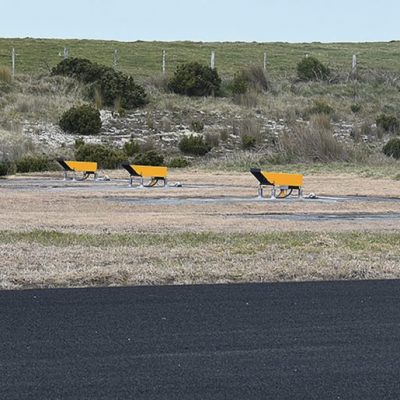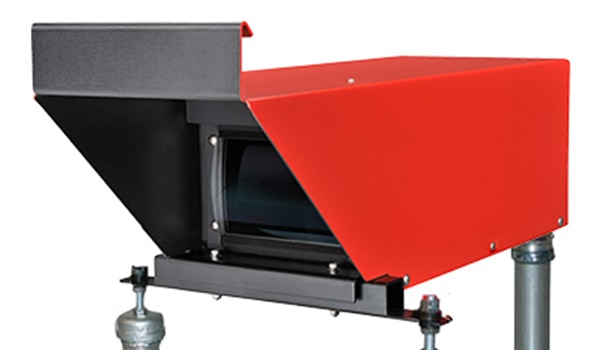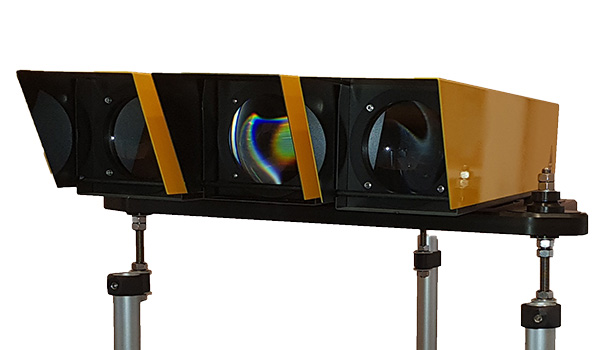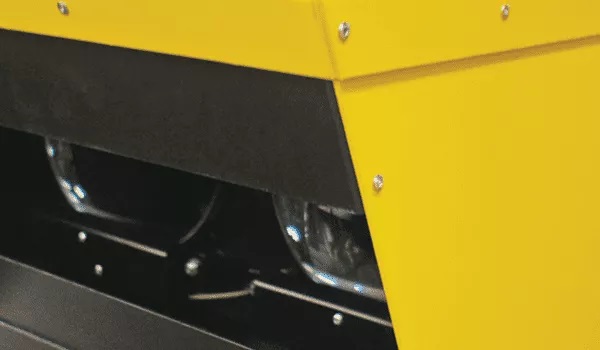PAPI Lights FAQs
What is a PAPI light?
PAPI (precision approach path indicator) lights are a set of lights positioned beside the runway which provide pilots with a visual indicator of their aircraft’s position relative to the correct glidepath for the runway. It is typically located on the left-hand side of the runway, approximately 300 metres beyond the landing threshold.
Since their 1974 invention, PAPI lights have played a vital role in aviation safety, from being used by NASA’s Space Shuttle to ensure a safe landing to airports around the world today.
How do PAPI lights work?
The typical PAPI light system consists of four lights. Within this system, each light consists of a red filter and two lenses. They’re then calibrated to a specific angle, meaning pilots will see a different colour depending on the angle of their approach.
This is simple technological approach which results in very few failure risks in comparison with other approaches: the lights simply need to be on and calibrated for the correct angle.
As well as being simple to maintain, the independent, passive nature of the system means it works perfectly for all aircraft approaching a runway. Meaning if several aircraft are approaching a runway, they can all make adjustments in good time and ensure a smooth landing every time, with no last-minute adjustments to the glidepath.
How to read PAPI lights
A PAPI light system will consist of either two or four lights, which will either be red or white depending on the angle of the plane’s approach. This is how to read a four-light PAPI system:
- Four white lights: the plane is much too high
- Three white lights and one red light: the plane is slightly too high
- Two white lights and two red lights: the plane is on the correct glideslope
- Three red lights and one white light: the plane is slightly too low
- Four red lights: the plane is much too low
A two-light PAPI system simplifies this:
- Two white lights: the plane is too high
- One white light and one red light: the plane is on the correct glideslope
- Two red lights: the plane is too low
Although a system with four lights provides a pilot with a more granular insight into how much they need to adjust, both types will ultimately help ensure the pilot’s angle of approach is correct.
What is the difference between PAPI and VASI lights?
On the surface, both PAPI lights and VASI lights provide the same information: telling pilot whether they’re on or off the glideslope.
VASI lights differ from PAPI lights in that they have the red over the white, rather than the colours being in the same row. Although VASI lights used to be the most common type of approach lighting system, PAPI lights provide more granular information to pilots alongside being much simpler to sight and maintain. This means that VASI lights are now being phased out and replaced with precision approach path indicators across the aviation sector.
Where are PAPI lights located?
PAPI lights are usually located on the left-hand side of the runway, 300 metres beyond the landing threshold. However, they can be situated on the right of the runway if required.





